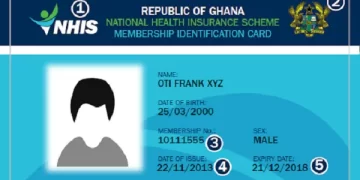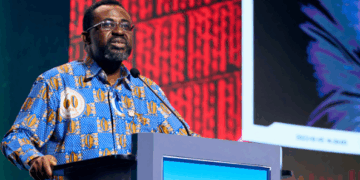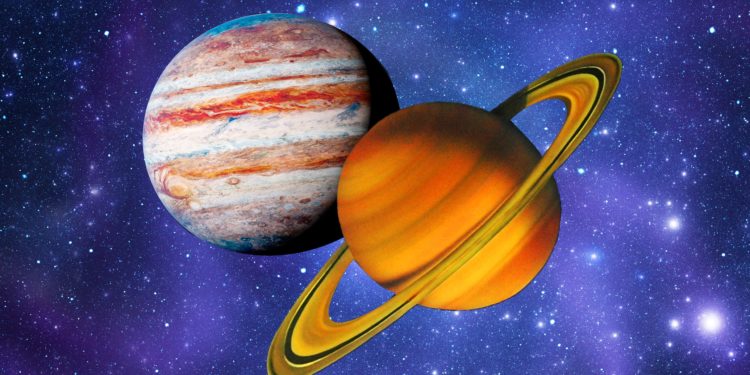NEW DELHI: Google on Monday celebrated the first day of winter in the Northern Hemisphere and the rare conjunction of Jupiter and Saturn with a doodle, in collaboration with Nasa.
December 21 marks the winter solstice in the Northern Hemisphere, but in 2020 the longest night of the year is also going to be a witness to an incredible astronomic event known as the “great conjunction”.
“As Earth’s Northern Hemisphere hunkers down for winter and its longest night of the year, it seems Jupiter and Saturn have decided to put on quite an unusual show for the world to see,” wrote Google.
The two largest planets in our solar system, Jupiter and Saturn, will nearly overlap to form a “double planet”, an event that hasn’t been easily visible since the Middle Ages – almost 800 years ago.
This rare double planet sighting – or “Great Conjunction” – can be viewed from anywhere around the globe.
Based on their orbits, from our vantage point on Earth, Jupiter and Saturn will cross within .1 degrees of each other (a fraction of the width of the full moon).
This once-in-a-lifetime rendezvous has been recreated in the Doodle artwork where we see an animated Saturn high-five Jupiter as it goes along its orbit.
While the two planets will appear to be close but in reality the two gas giants will actually remain a vast distance of approximately 450 million miles apart.
If you are interested in watching the “Great Conjunction” on the longest night of the year, find a spot with an unobstructed view of the sky, such as a field or park.
An hour after sunset, Jupiter will look like a bright star and be easily visible in the southwestern sky. Saturn will be slightly fainter and will appear slightly above and to the left of Jupiter until December 21, when Jupiter will overtake it and they will reverse positions in the sky.
You can also use binoculars, but the planets can still be seen with the unaided eye.
How to watch the great conjunction from India:
Delhi’s Nehru Planetarium has opened registration to view for skywatchers who want to enjoy the great conjunction. Sticking by the Covid-19 guidelines, the planetarium also started the skywatch from December 20 to avoid crowding, as per the details available on the planetarium’s website. The skywatch will continue till December 22.
Bengaluru’s Jawaharlal Nehru Planetarium will also live stream the great conjunction on its YouTube channel and Facebook page.
Read Also: Five ways Boeing’s 747 jumbo jet changed travel
Source:timesofindia.indiatimes.com

























